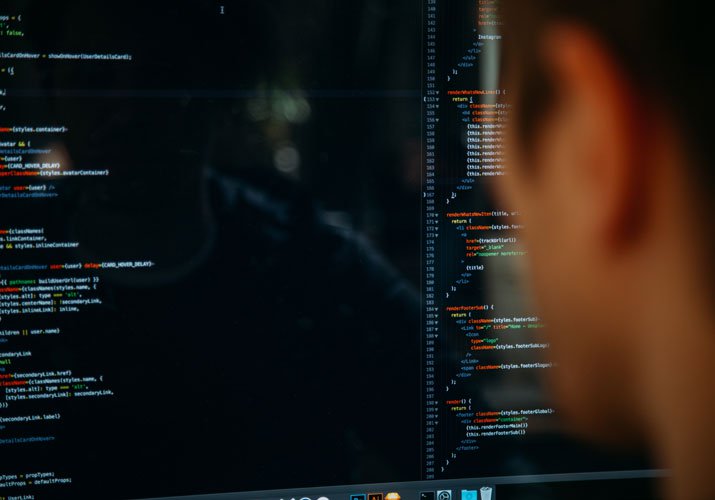Brain Corp’s pioneering autonomous navigation platform is designed for the real world. And it doesn’t get any more real than the current COVID-19 global health crisis: Across the country and around the world, many non-essential businesses are now closed due to shelter-in-place mandates. Those that remain open, however, are working diligently to keep their environments clean, safe, and compliant, likely with fewer cleaning staff. This reduction in workforce is an added stressor for businesses in light of an already tight labor pool in commercial cleaning.
Enter robotic floor care.
For those new to this technology, which leverages artificial intelligence, you can read about autonomous floor care robots and their value in How Autonomous Cleaning Robots Help Retailers During a Crisis. Businesses that have already deployed BrainOS-powered robotic floor scrubbers should consider the following best practices to maximize the efficiency, consistency, and thoroughness of their floor cleaning activities–even with reduced staff.
1. Understand the Pros and Cons of Opportunity Charging
Nimble is the name of the game, especially during this unpredictable period. When cleaning time is tight, instead of waiting several hours for the autonomous floor scrubber’s battery to fully recharge, staff can do a short-term charge for 45 to 60 minutes to get just enough juice to finish a job. Batteries in floor care robots typically run down after 3 to 4 hours of constant use. But use caution: Excessive opportunity charging can have a negative impact on a battery’s lifespan. To preserve your robot’s battery, we recommend using it until the battery is fully discharged, then charging it up again as much as possible.
2. Embrace Multiple Consecutive Routes
With the release of a new software upgrade, BrainOS-powered floor care robots can now perform up to six consecutive routes from a single home marker, an impressive improvement from previous single-route capabilities. What’s the net net? Autonomous floor scrubbers now bring greater flexibility to their cleaning tasks, and can adapt to changing environmental and workforce needs. For example, if restocking is taking place in aisle #6, end users can program the robot to clean other aisles first, before coming back to aisle #6 after restocking is complete.
3. Clean the Cleaning Machine
Just like the environments in which they operate, robotic scrubbers need to be kept clean. Be sure to rinse out both clean and dirty water tanks after every use. Wipe squeegees clean and rotate or replace as needed. Always wipe down sensors per the manufacturer's recommendation to ensure proper operation. Also worth stating: do not dump hot water on the user interface screen. Instead, cleaning staff should use disinfecting wipes to sanitize all touch-points on the AMR (autonomous mobile robot), including the steering wheel, control buttons, start/pause button, and pretty much anywhere a human comes into contact with. Learn more about protecting your workforce with disinfecting best practices in COVID-19: Best Practices for Robotic Floor Care.
4. Showing Proof of Work via Cloud Metrics
Store managers and facilities/operations executives wanting to capture proof of work can do so with Brain Corp’s cloud-based autonomy service. It provides detailed performance and usage metrics for each robot, including vital data capture like autonomous operation and manual usage (times of day and duration); and heat maps that indicate areas cleaned, obstacles encountered, and any variations in workflow. For example, the reports will show areas that were mapped out, but not cleaned because of obstacles encountered. These valuable insights can drive necessary changes to optimize performance and improve floor cleaning results. Reports can be viewed via the Brain Corp user portal and through email dashboards that can be easily scheduled.
5. Schedule Your Robotic Scrubber to Run Twice a Day
Because having clean floors is always a good look in the eyes of customers, schedule your robotic floor scrubbers to hit the aisles twice a day, not just once during the night shift. If you’re worried about customers seeing your autonomous scrubber at work, don’t be. People have proven to be quite accepting of autonomous robots that clean, especially during the health crisis. In fact, as cleaning quickly becomes a new brand value, many consumers want to see stores taking cleaning seriously, and cleaning robots are a clear indication of that. Not to mention, BrainOS-powered floor scrubbers are designed for safety and are extremely adept at navigating crowded spaces.
Until the COVID-19 pandemic is under control, everyone needs to do their part to ensure they’re following recommended guidelines to prevent further spread of the disease. When it comes to BrainOS-powered autonomous scrubbers, following these best practices will keep your floors clean, your workforce safe, your business compliant, and your customers appreciative.
Have questions about how robotic floor care can help your business take it’s clean to a whole new level? Our experts are here to answer any questions. Contact Brain Corp.
For a deeper dive into how autonomous robots can benefit the retail industry during the health crisis, read our new 15-minute guide: How Robots Help Retailers In Today's Changing World.


Let Us Know What You Thought about this Post.
Put your Comment Below.